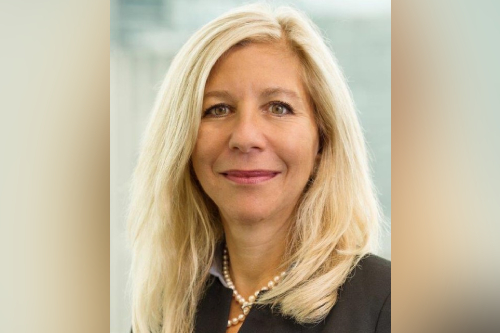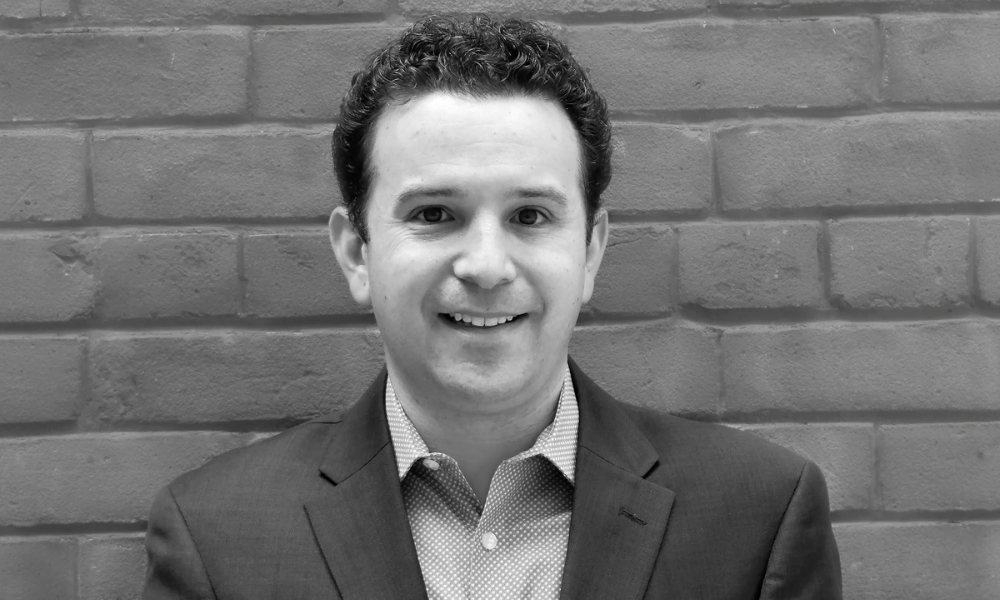It’s about asking, ‘Do we have leaders that are demonstrating the right competencies that are going to take us forward?’

As 2020 fades into the distance, many leaders will have to turn their attention to succession planning, according to a leadership expert.
“Many organizations have realized they don’t have good emergency plans in place. What COVID did is really point to ‘You better have something in place in case your most important people, your most important roles are taken out temporarily or, dare I say, permanently,’” says Andrea Plotnick, senior vice president of board and executive solutions at leadership development consultants LHH in Toronto.
With COVID still in place, a strong emergency plan will also enable organizations to ride out the crisis but it should differ from a solid succession plan, according to Plotnick.
“Typically in an emergency, you want a steady hand at the wheel; you’re not usually looking for somebody who’s going to make big strategic shifts but it’s somebody who will — if you’re a publicly traded organization — send all the signals that you’ve got a competent individual running the show and they’re not going to do anything rash.”
New competencies?
For many companies, the confluence of events in 2021 could bring about new changes to what is expected of C-suite members, says Plotnick.
“With COVID and Black Lives Matter and I’m going to call it the zeitgeist, demographic and societal trends are really pointing out that there are new competencies that are going to be important. It’s not that they weren’t important before but they’re becoming amplified in importance.”
For example, compassion and understanding are among the new capabilities that will have to become baked into a successful executive’s makeup, she says.

Andrea Plotnick
“Being able to connect with empathy, being able to manage a remote workforce, being able to be inclusive, all of those, it is raising the question: ‘Do we have leaders that are demonstrating the right competencies that are going to take us forward?’”
Planning for contingencies will become crucial for companies hoping to survive and thrive after the pandemic, according to Plotnick.
“You don’t want your default position to be you have to go for an interim individual. It’s good to have that option but you don’t want it to be your only option because you didn’t plan.”
And with years of cost-cutting, layers of organizations have been removed and very often there is a big jump between non-executive roles into executive roles, which requires a lot more development, says Plotnick.
“It’s having to think through what development, what succession planning needs to look like, at least at this point in time when everything is done remotely.”
Part of a successful succession plan should be “future-focused” and include questions such as “What are the key accountabilities of the role with that forward focus? What are the types of competencies, behaviours and knowledge that are going to be really important again, with that forward focus?” says Plotnick.
Focus on culture
Culture fit is also a key part of that succession plan, she says.
“Many organizations who are looking to transform are leveraging the pandemic to come out stronger, reimagined, rebuilt, transformed, and really thinking through what are the attributes of your culture? That’s number one, having that clear success profile because that really serves as the foundation for determining who the right people are for the role.”
When dealing with bringing on new employees remotely during the pandemic, it’s good to “mimic” plans that are already in place, she says.
“Have regularly scheduled meeting, make sure that the whole process is thought through but translated into a virtual environment, making sure that from the second the individual signs on the dotted line that they’re taking on the role, that all the appropriate meetings are set up for them, that there is ample opportunity,” says Plotnick.
“And if it’s for the CEO role in particular, they have ample opportunity to meet one-on-one with board members, with key executives, with HR, providing them with a real high-touch virtual way of understanding who the organization is.”
Meanwhile, organizations should keep any eye out for a “shadow culture” that often doesn’t present itself to senior leaders while some companies may have to create a new “head of remote” in the new dispersed reality.




